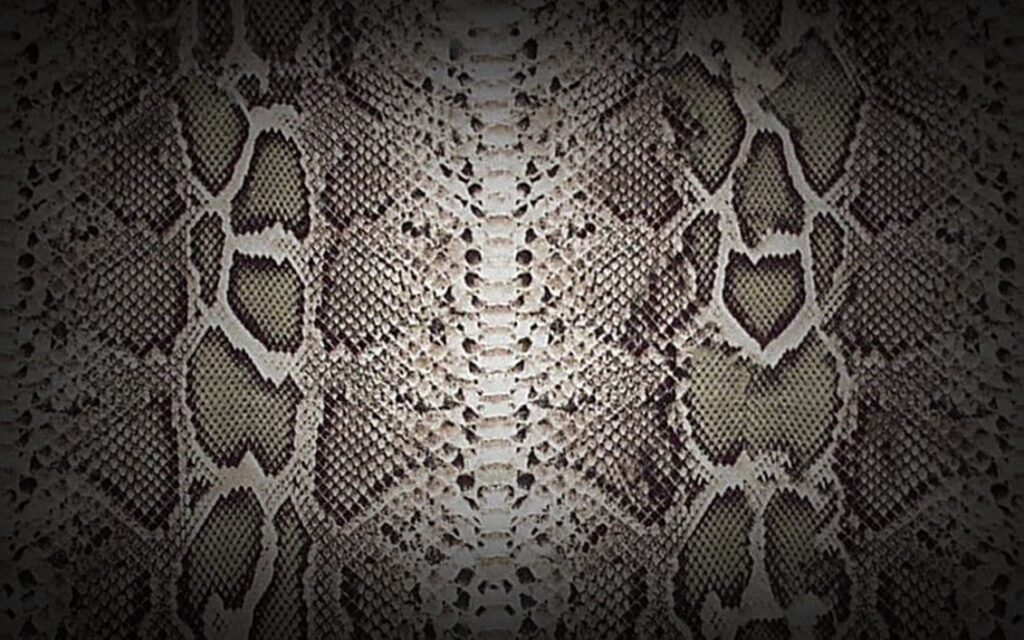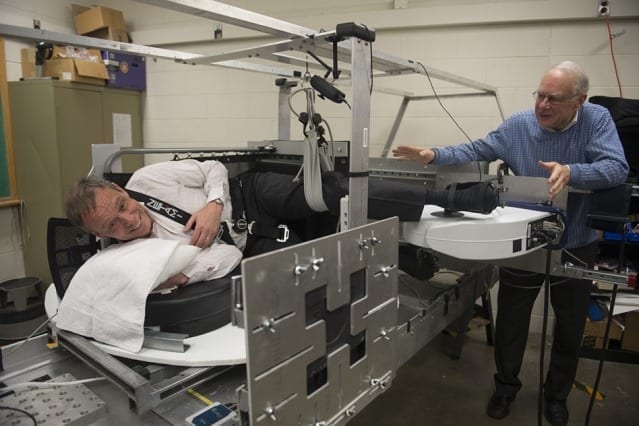
Snake skin inspired surfaces smash records, providing an astonishing 40 percent friction reduction in tests of high performance materials
Snake skin inspired surfaces smash records, providing an astonishing 40% friction reduction in tests of high performance materials.
These new surfaces could improve the reliability of mechanical components in machines such as high performance cars and add grist to the mill of engineers designing a new generation of space exploration robots.
A paper discussing this finding is published today (1 June 2015) in IOP Publishing’s Bioinspiration & Biomimetics journal.
The skin of many snakes and lizards has been studied by biologists and has long been known to provide friction reduction to the animal as it moves. It is also resistant to wear, particularly in environments that are dry and dusty or sandy.
Dr Greiner and his team used a laser to etch the surface of a steel pin so that it closely resembled the texture of snake skin. They then tested the friction created when the pin moved against another surface.
In dry conditions, i.e. with no oil or other lubricant, the scale-like surface created far less friction–40% less–than its smooth counterpart.
Lead researcher, Dr Christian Greiner said “If we’d managed just a 1% reduction in friction, our engineering colleagues would have been delighted; 40% really is a leap forward and everyone is very excited!”
Applications are likely to be in mechanical devices that are made to a micro or nano scale. Familiar examples include the sensors in car anti-lock braking systems, computer hard disk drives, and the component called an accelerometer, which means your mobile phone can tell if it is in portrait or landscape mode, and your activity band can count your steps as you move.
“Our new surface texture will mainly come into its own when engineers are really looking to push the envelope,” Dr Greiner said.
The snake skin surface could be used in very high end automotive engineering, such as Formula 1 racing cars; in highly sensitive scientific equipment, including sensors installed in synchrotrons such as the Diamond Light Source in the UK or the Large Hadron Collider in Switzerland; and anywhere the engineering challenge is to further miniaturise moving parts.
There is interest in snake skin inspired materials from the robotics sector, too, which is designing robots, inspired by snakes, which could aid exploration of very dusty environments on earth or even in space. This raises a new challenge for Dr Greiner’s team–to make a material that decreases friction in only one direction.
Anyone who has felt a snake’s skin will know that the scales all lie in the same direction and are articulated to aid the snake in its forward motion, whilst resisting backwards motion. The steel pins tested in this research mimic only the overall surface texture of snake skin and reduce friction in at least two directions.
Dr Greiner has made some progress with polymers that even more closely mimic snake skin to reduce friction in only one direction. It is, he says, early days and this later work is not yet scheduled for publication.
Read more: Friction reduction breakthrough is no snake oil









